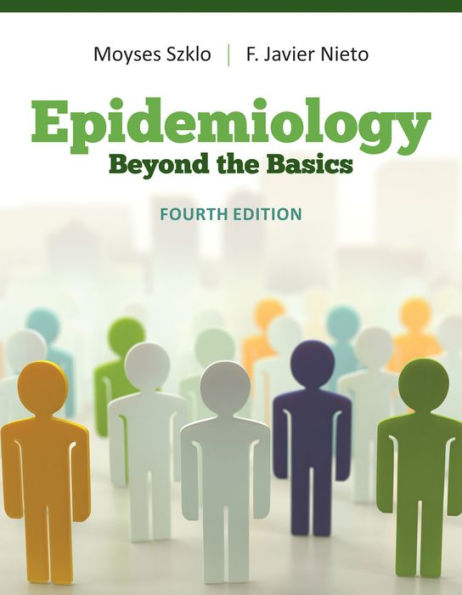Epidemiology: .
Written for those who are familiar with the basic strategies of analytic epidemiology, Epidemiology: Beyond the Basics takes readers through a more rigorous discussion of key epidemiologic concepts and methods such as study design, measures of association, research assessment, and more. With real-life examples throughout, the book avoids complex statistical formulations and is an invaluable resource for intermediate students and practicing epidemiologists who wish to expand their knowledge of epidemiology and its role in the medical and public health sciences. The Fourth Edition offers updated examples and new exercises in each chapter as well as many new discussions of topics such as: prevalence ratios vs. odds ratios; inverse probability weighting as a technique for correcting for selection bias; regression to the mean as a source of confounding (Glymour bias); mediation analysis; correction for competing causes in multivariate analysis; the extension of the Cox model for the analysis of nested case-control studies; multilevel analysis; translational epidemiology and much more. This edition also offers an updated package of instructor materials including instructor’s manual, PowerPoint lecture slides, and a test bank. © 2019 | 578 pages
1147469982
Epidemiology: .
Written for those who are familiar with the basic strategies of analytic epidemiology, Epidemiology: Beyond the Basics takes readers through a more rigorous discussion of key epidemiologic concepts and methods such as study design, measures of association, research assessment, and more. With real-life examples throughout, the book avoids complex statistical formulations and is an invaluable resource for intermediate students and practicing epidemiologists who wish to expand their knowledge of epidemiology and its role in the medical and public health sciences. The Fourth Edition offers updated examples and new exercises in each chapter as well as many new discussions of topics such as: prevalence ratios vs. odds ratios; inverse probability weighting as a technique for correcting for selection bias; regression to the mean as a source of confounding (Glymour bias); mediation analysis; correction for competing causes in multivariate analysis; the extension of the Cox model for the analysis of nested case-control studies; multilevel analysis; translational epidemiology and much more. This edition also offers an updated package of instructor materials including instructor’s manual, PowerPoint lecture slides, and a test bank. © 2019 | 578 pages
105.95
Out Of Stock
5
1

Epidemiology: .
578
Epidemiology: .
578
105.95
Out Of Stock

Product Details
| ISBN-13: | 9781284116595 |
|---|---|
| Publisher: | Jones & Bartlett Learning |
| Publication date: | 05/02/2018 |
| Pages: | 578 |
| Product dimensions: | 6.90(w) x 8.90(h) x 1.00(d) |
About the Author
From the B&N Reads Blog
